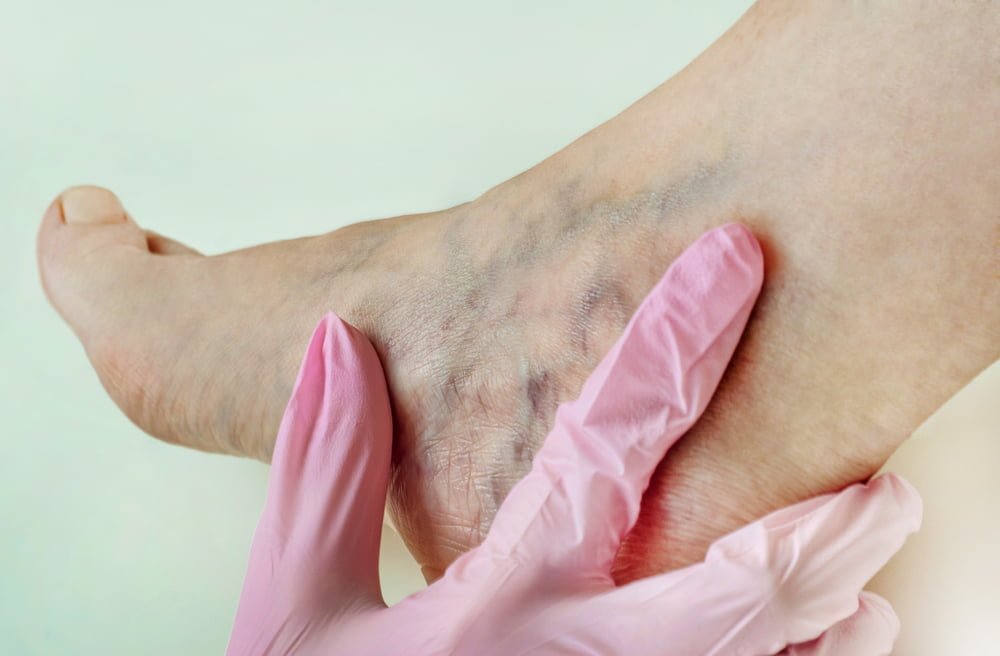
There are both superficial and deep veins in the limbs or extremities (arms and legs). A blood clot in the deep veins is a concern because it can cause life-threatening complications. A deep vein thrombus is a blood clot or thrombus that develops in deep vein usually in leg; here they pass through the center of leg, surrounded by muscles, less commonly Deep Venous Thrombosis occurs in deep veins of arm or pelvis. A blood clot is a clump of blood that is in a gelatinous, solid state.
Deep Venous Thrombosis is primarily related to the stasis of blood flow, vascular wall damage, activation of clotting system and hypercoaguable state.
Blood passing through the deeper veins in the calf or thighs flows relatively slow than from a solid clot which becomes wedged in the veins.
Deep Venous Thrombosis continues to be under diagnosed and under treated. Awareness among Indians regarding this potentially life-threatening disease is low. It is especially high in hospitalized patients, in a majority of whom it is clinically silent.
Deep vein thrombosis can be very serious because blood clots in your veins can break loose, travel through your bloodstream and lodge in your lungs, blocking blood flow (pulmonary embolism).
There is increased risk of deep venous thrombosis among pregnant ladies in India. Increased hormone levels and a slower blood flow as your uterus expands and restricts blood flowing back from your lower extremities, contribute to this risk. Furthermore, bad lifestyle, poor nutrition and more use of saturated fats enhances the risk among women. This elevated risk continues until about six weeks after giving birth. Being on bed rest or having a C-section also increases your risk of having DVT. Highest incidence is in puerperium especially just after childbirth.
Deep vein thrombosis can develop if you have certain medical conditions that affect how your blood clots. It can also happen if you don’t move for a long time, such as after surgery or an accident, or when you’re confined to bed… Know More
About half of all DVT cases do not cause symptoms. The symptoms you feel can depend on the location and size of your blood clot. However, DVT mainly affects the large veins in the lower leg and thigh, most often on 1 side of the body… Know More
Preventive measures might be used before and after any procedure or event that increases your risk of deep vein thrombosis (DVT). You can lower your risk of having DVT by making a few lifestyle changes… Know More
